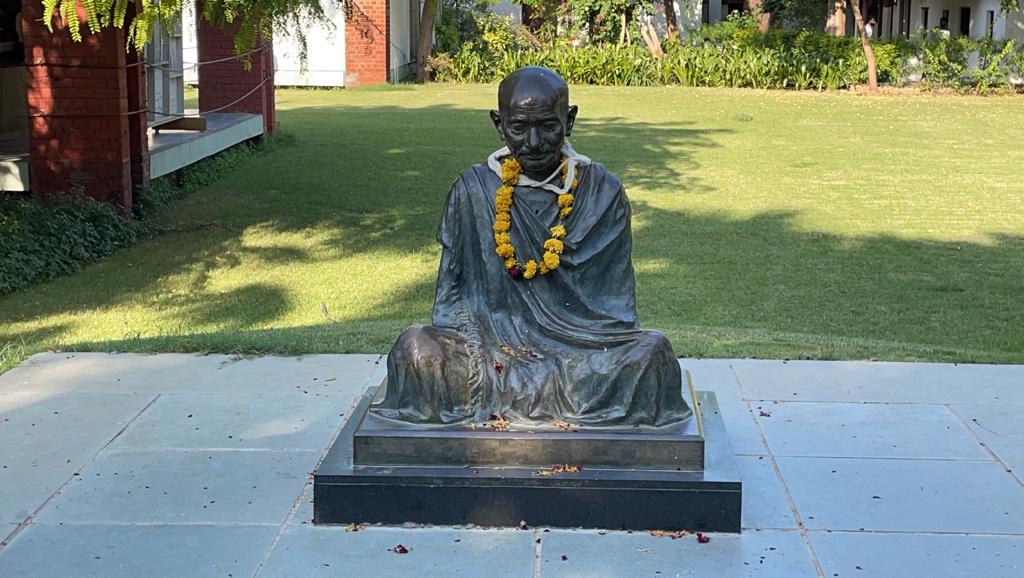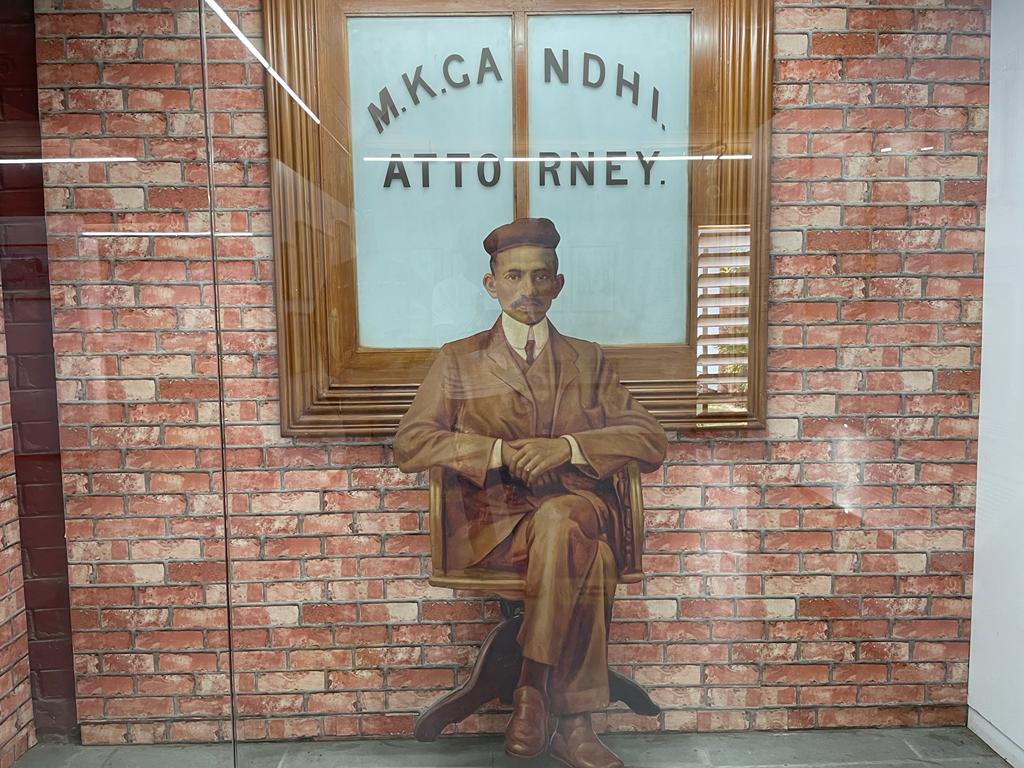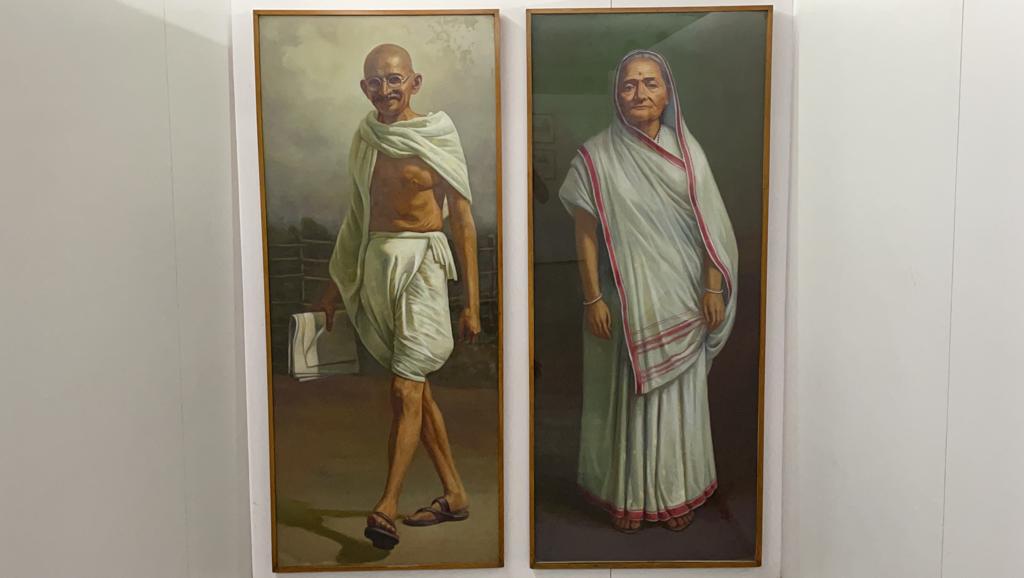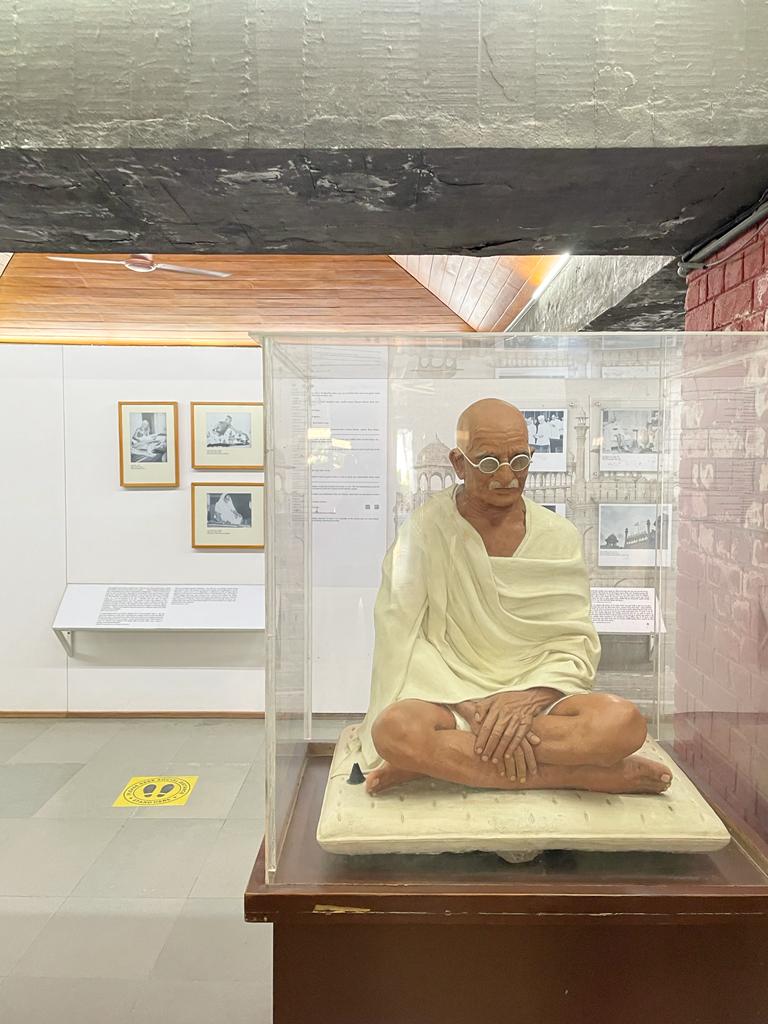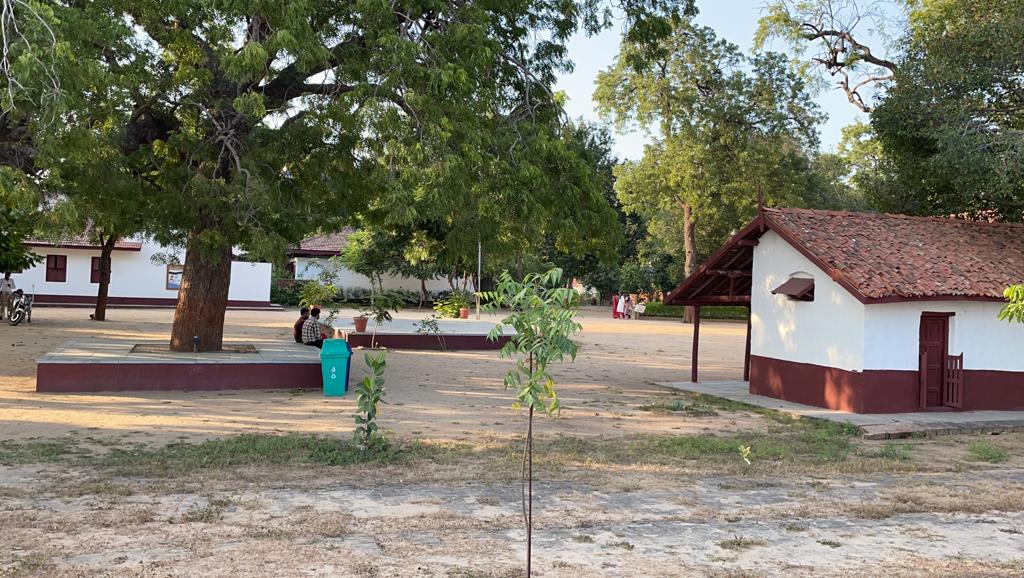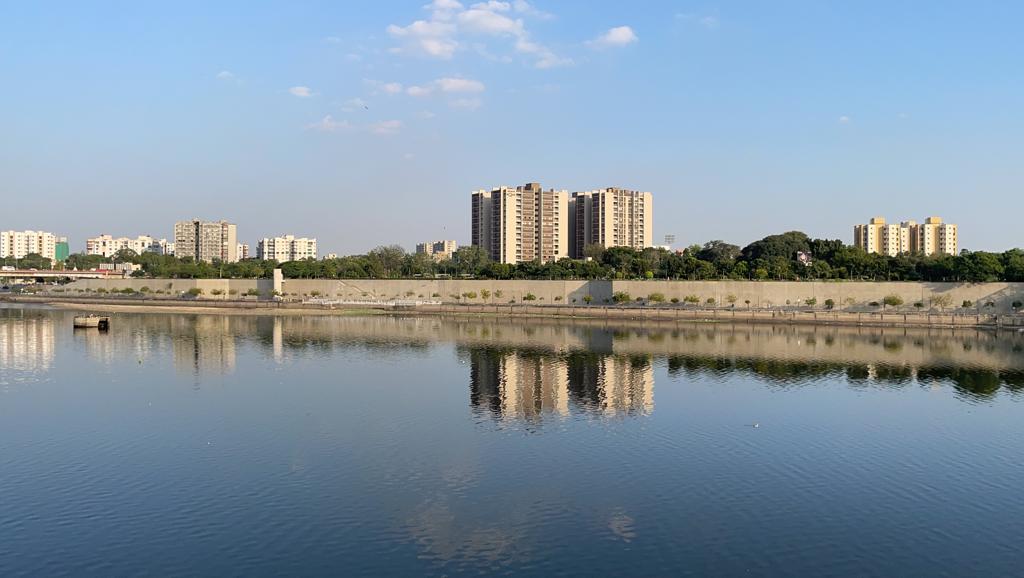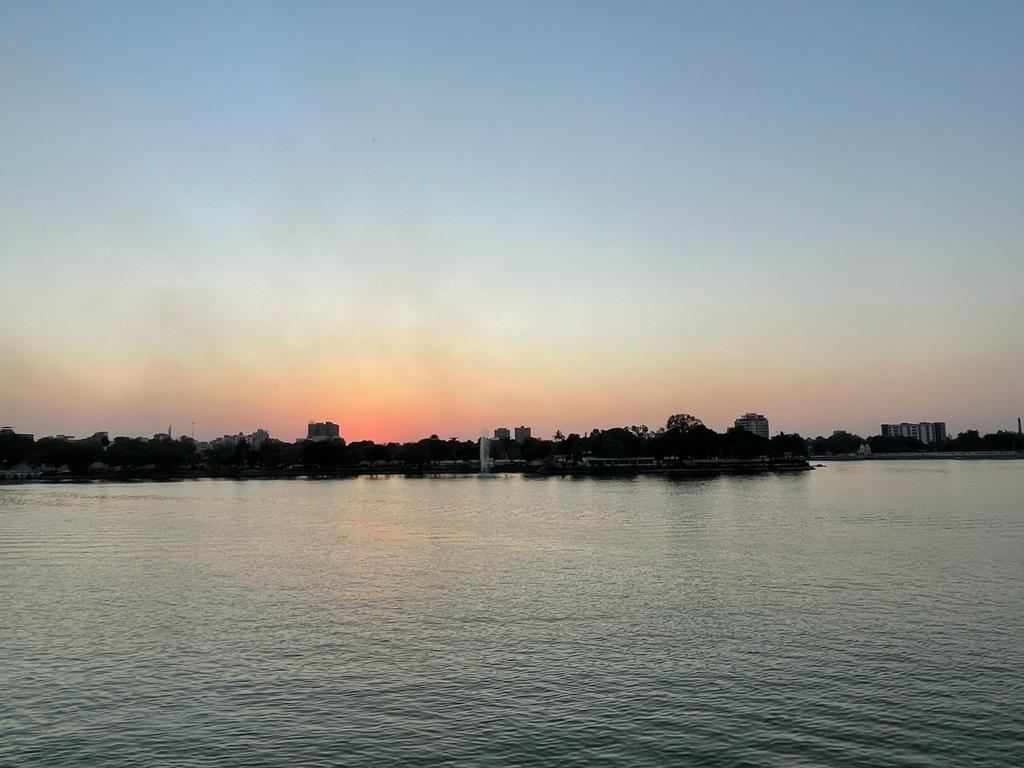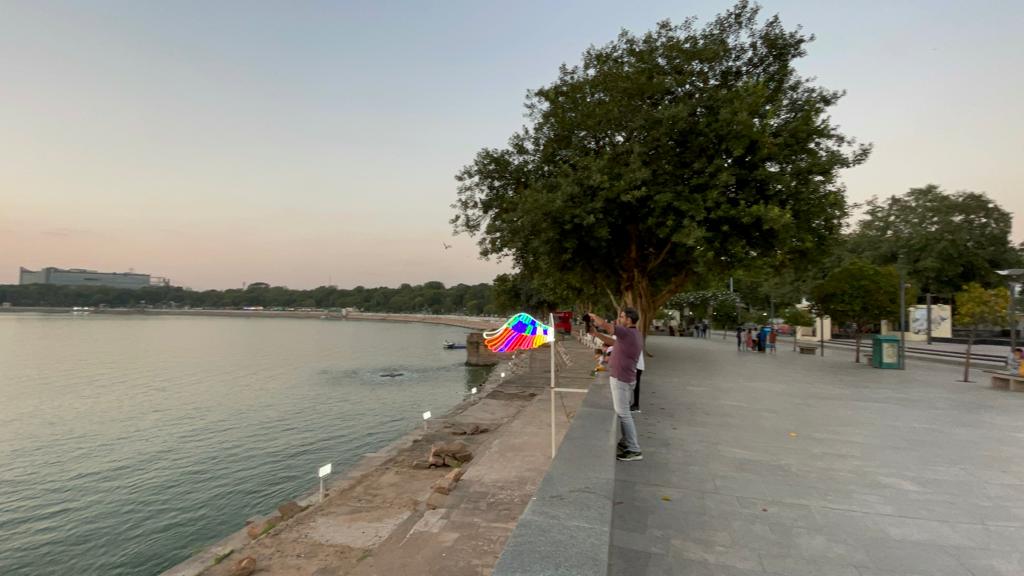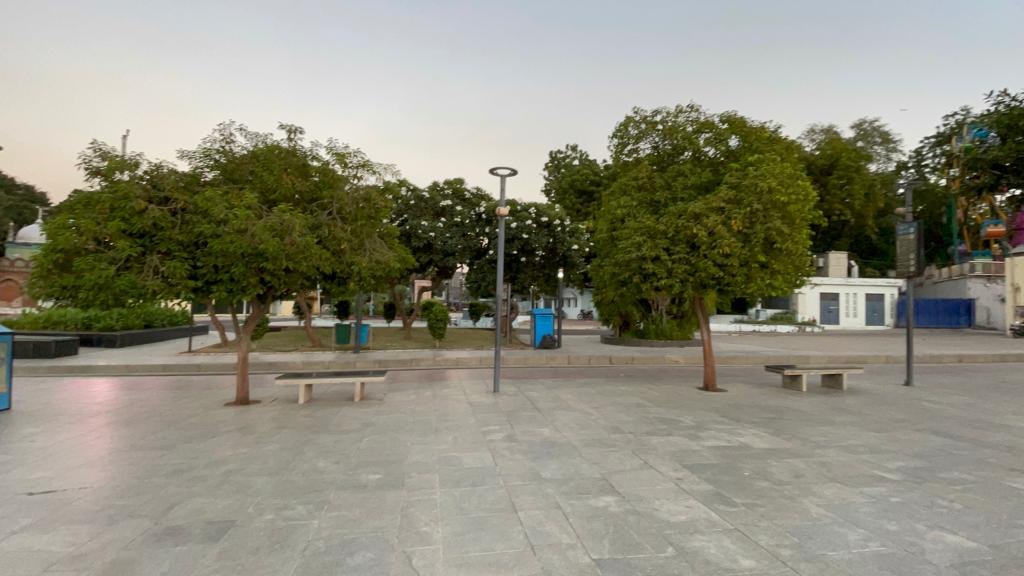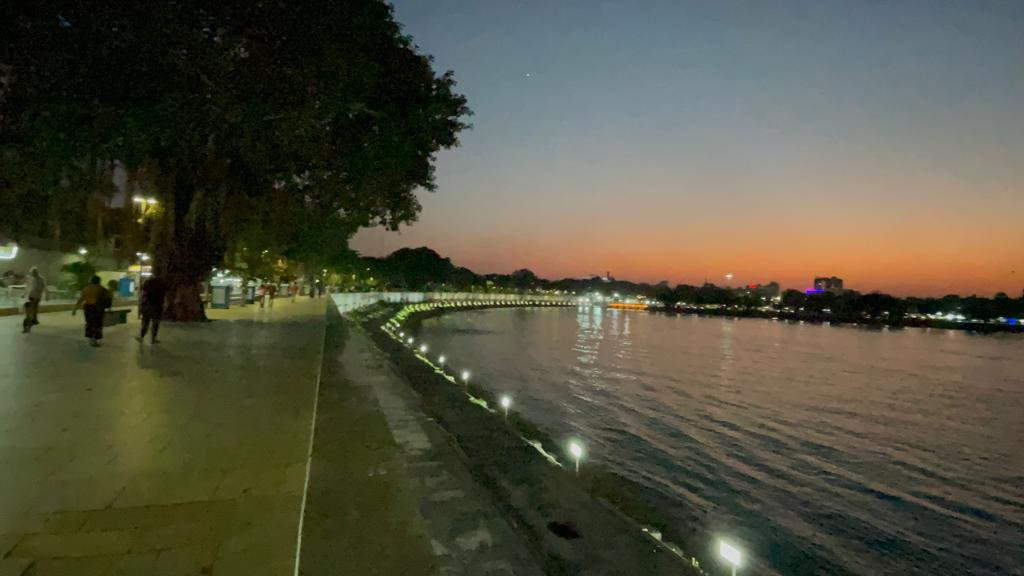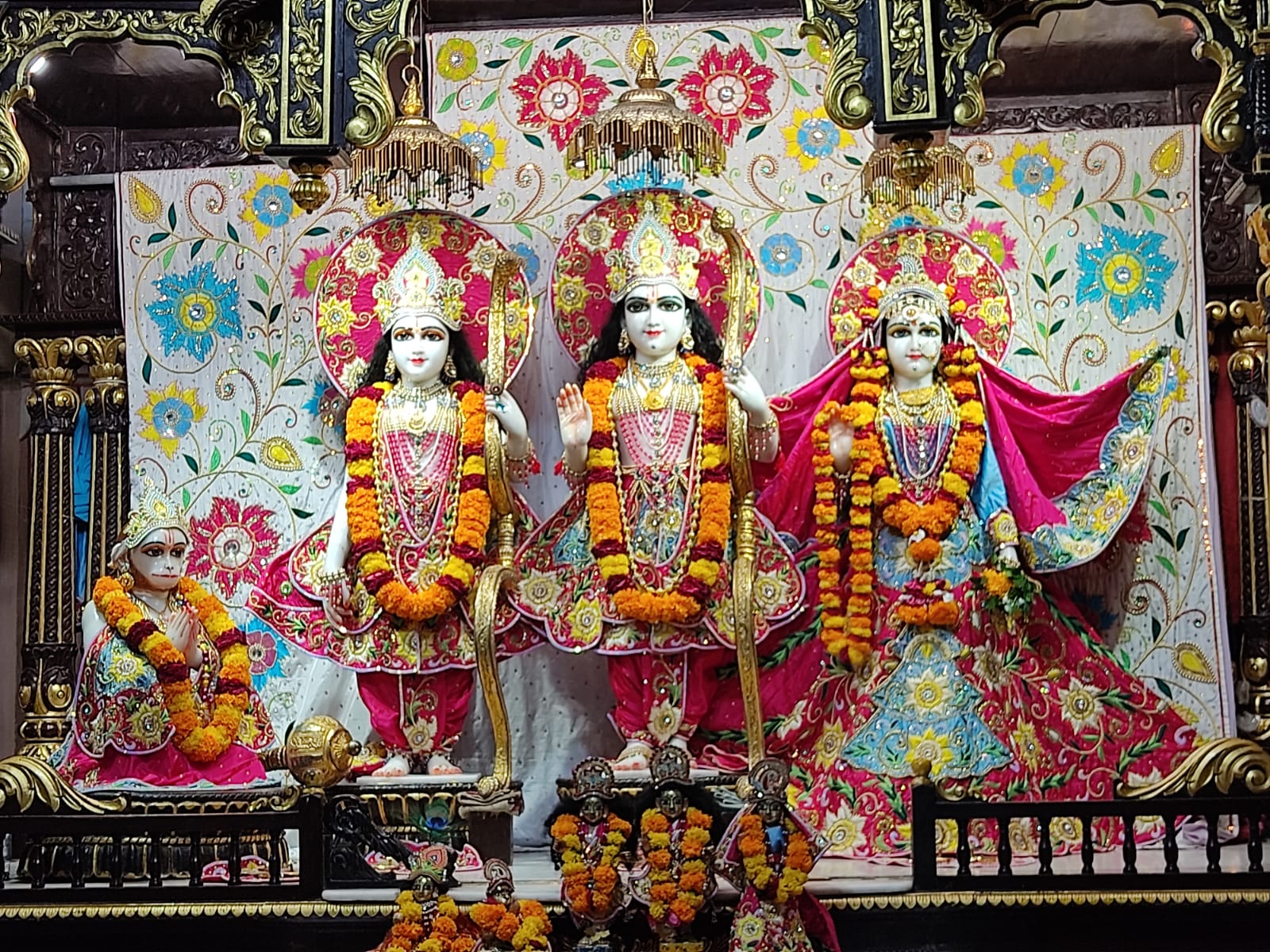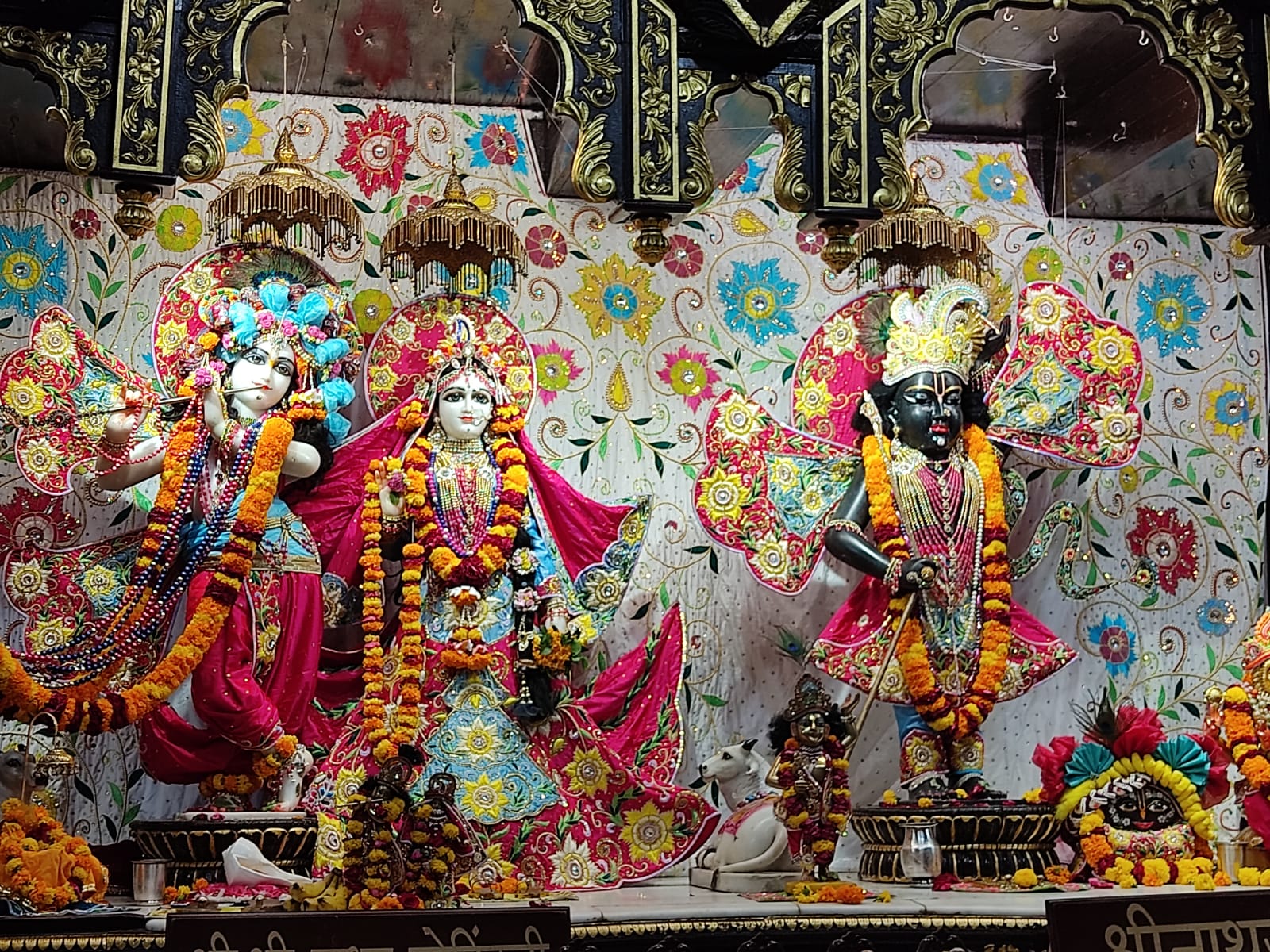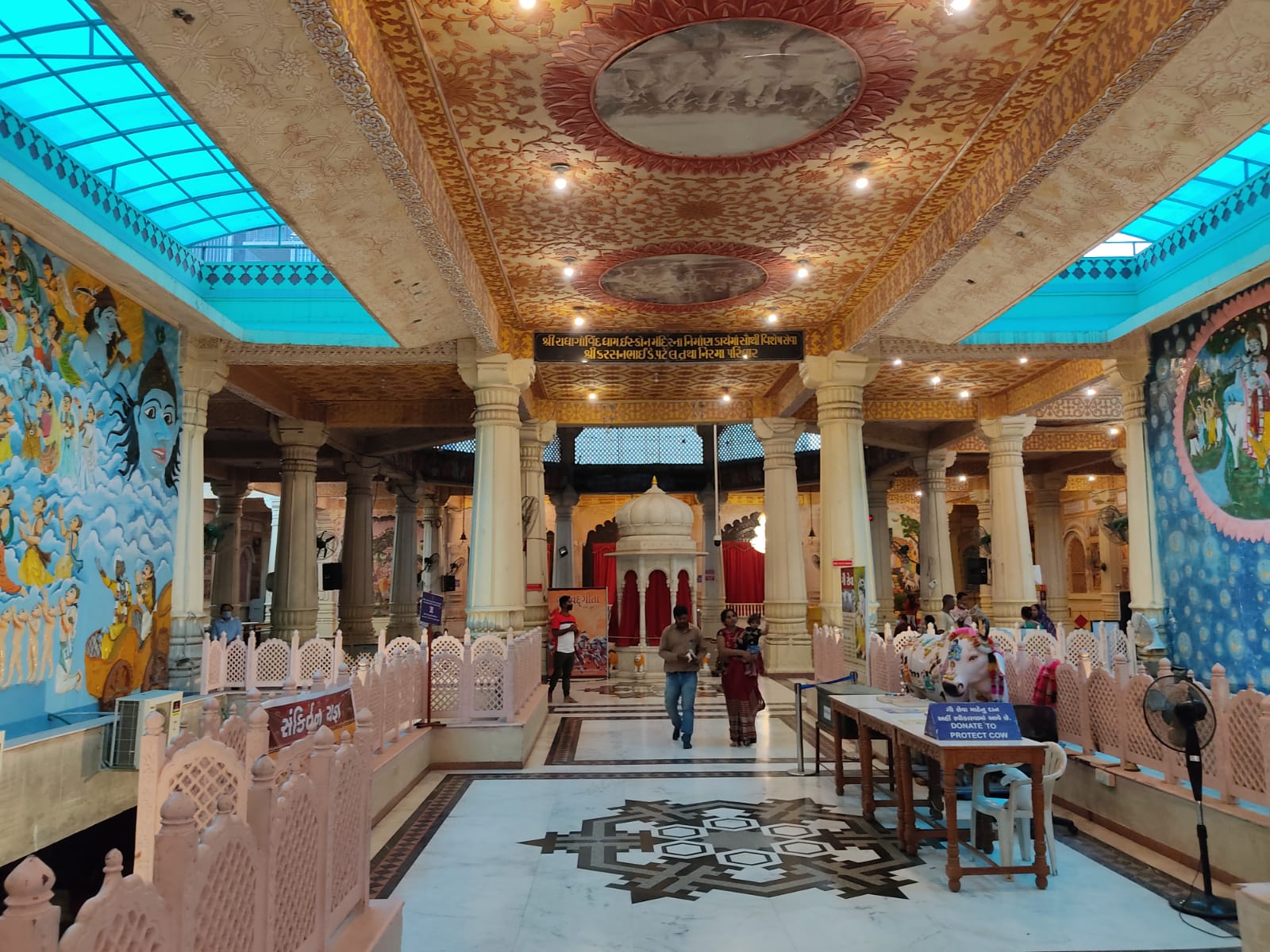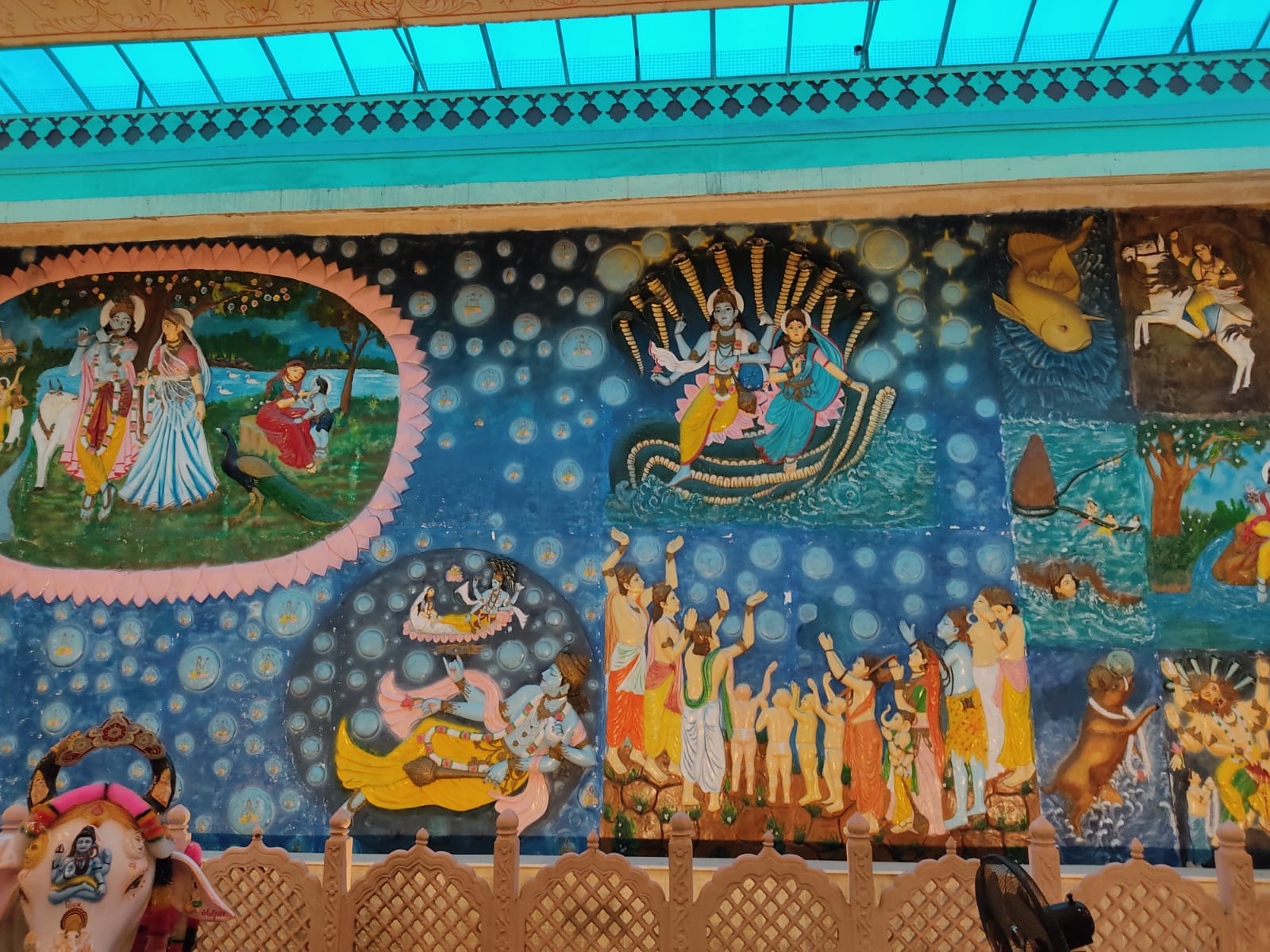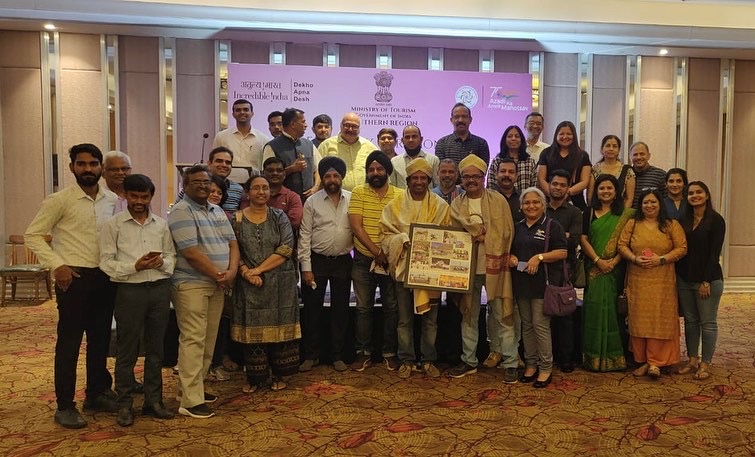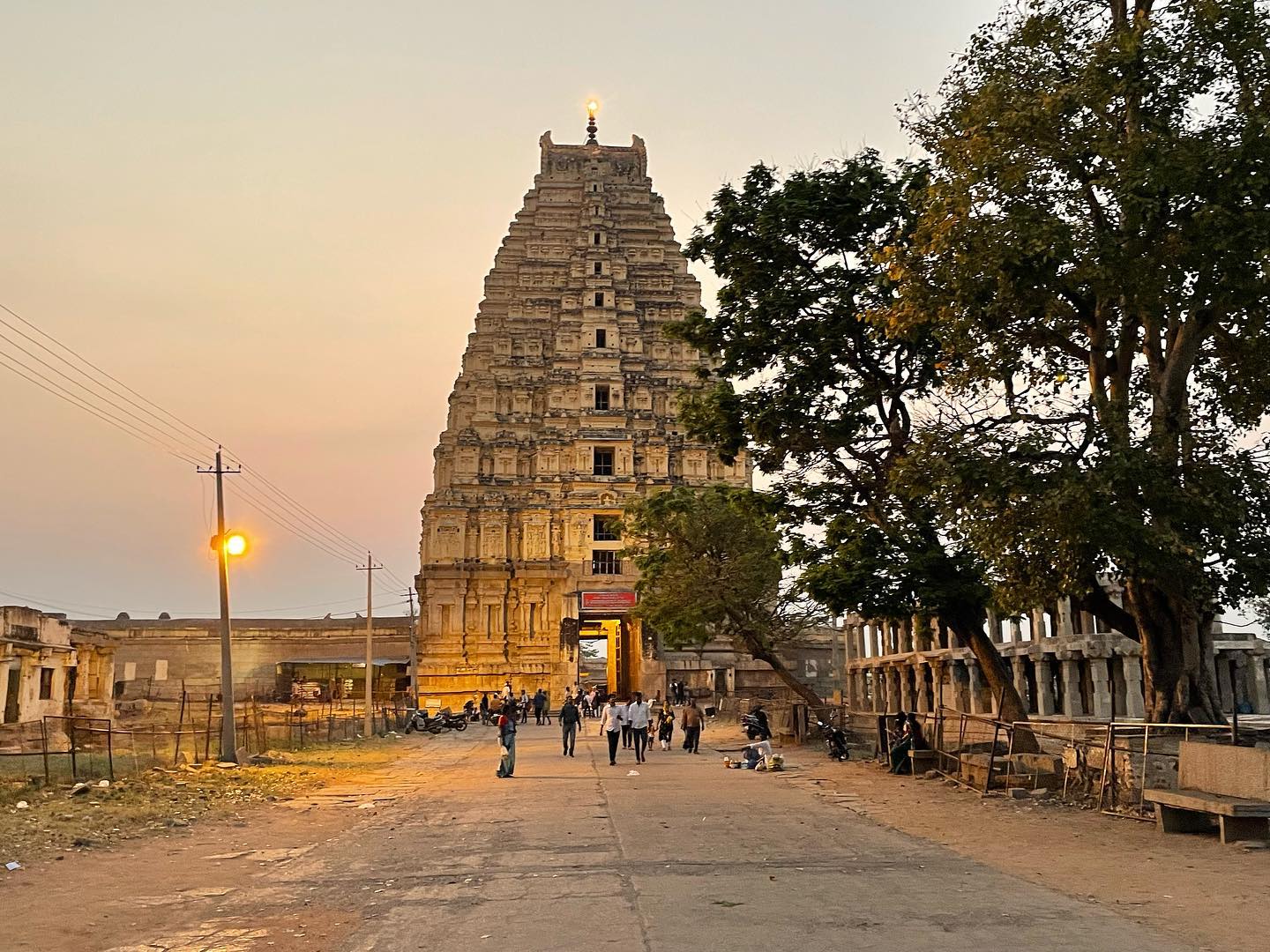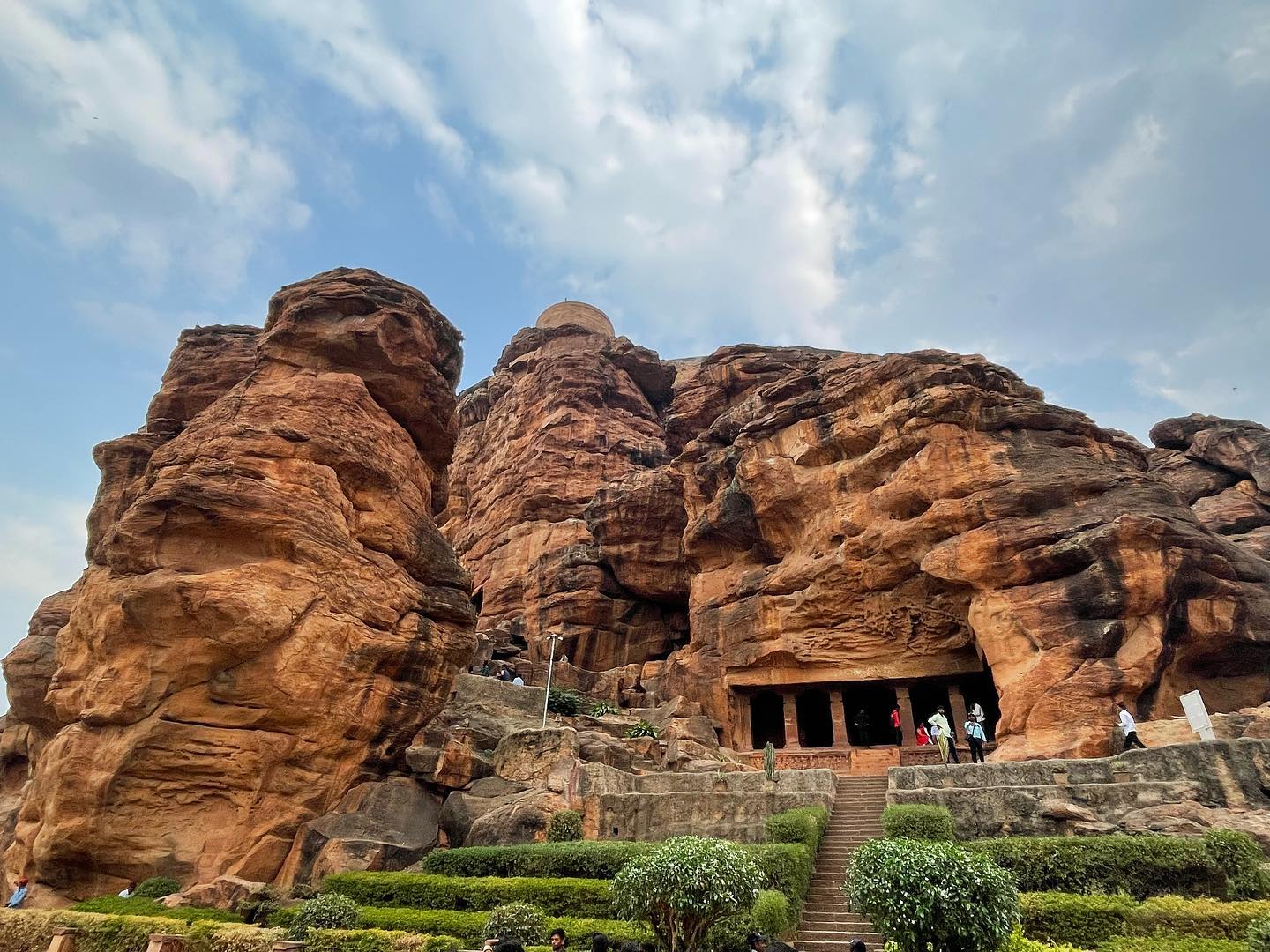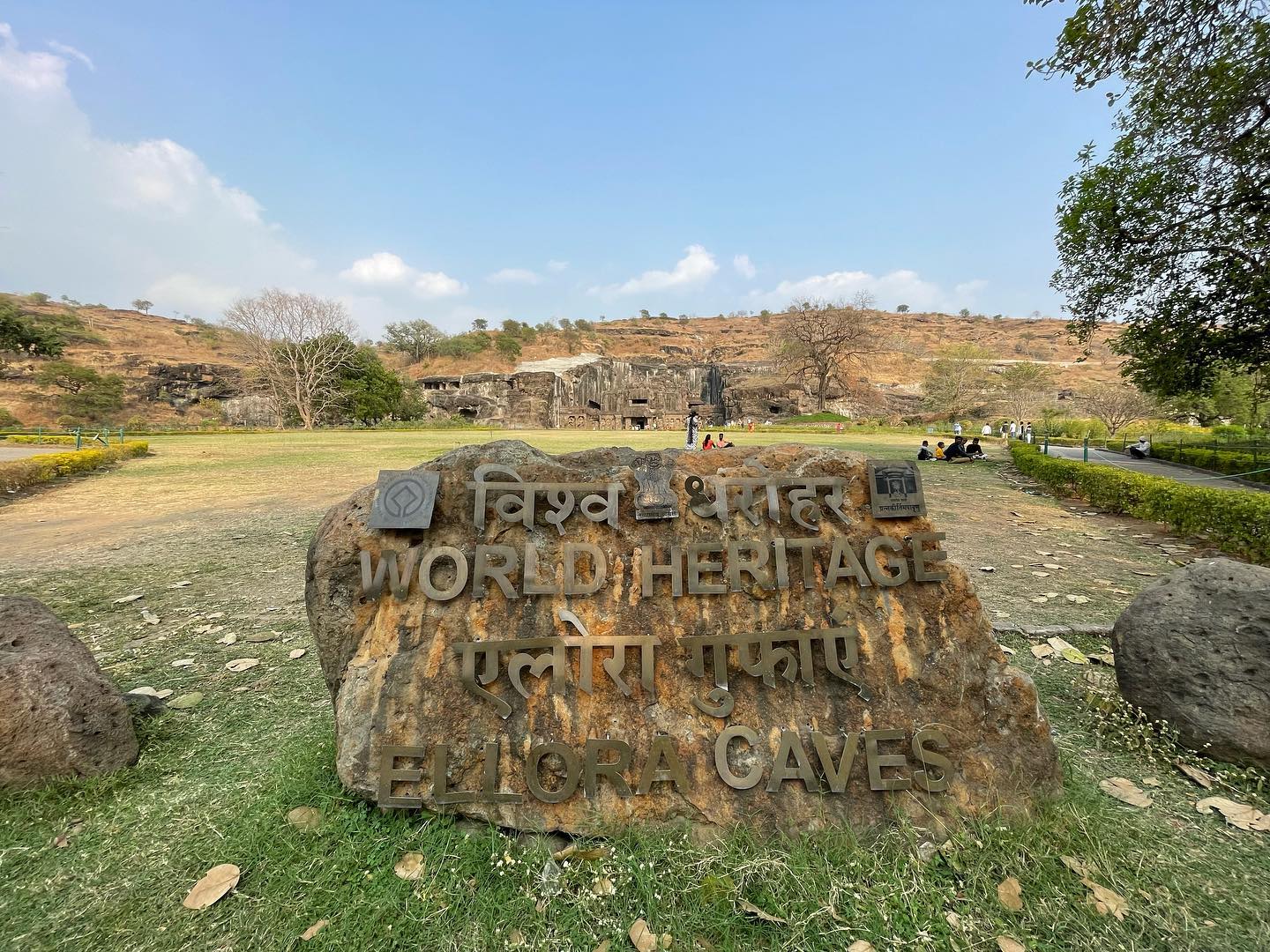2nd November 2021
Ahmedabad or Amdavad is a major city in the state of Gujarat and one of western India’s most important cities. It is a startling metropolis with a rich Mughal heritage; a city where the old combines with modern infrastructure and has given rise to a major business powerhouse. From fascinating buildings, excellent museums, brilliant restaurants, and thrilling night markets, Ahmedabad has a lot to offer.
610th Foundation Day of Ahmedabad was celebrated on 26th February 2021. All Amdavadis know the story about a rabbit chasing a dog near the banks of the Sabarmati River – a scene that apparently led Ahmed Shah to establish the city here. Dr Manek Patel wrote a 600-page book Aa Che Amdavad, which narrates untold stories about the World Heritage City.
Here are a few fascinating facts about Ahmedabad:
- The iconic symbol of Ahmedabad Chabutro (Pigeon-Tower/bird feeder) was first made in 1896 in the Bhadra area of Ahmedabad by Bapalal Modi, a grocer who adored birds. Today, there are more than 250 such chabutra within Ahmedabad.
- The planning of what-we-know-as Relief Road was done in 1920, but due to some legal disputes, the road was inaugurated under the name of Tilak Marg. It is fondly called ‘Relief Road’, however, because of Relief Cinema, which sits in its neighborhood. The theatre was established in 1947-48 by Dayabhai Shah, who borrowed land from the famous surgeon Motibhai Patel to build it. The first film screened there was Raj Kapoor’s Dastan. Sadly, the old theatre screen was shattered in 2014.
- In 1899, the Gaekwad of Baroda had donated more than 2600 acres of land in the Rancharda area of Ahmedabad to establish the Panjrapole there.
- The signature food of the city, the Gujarati Thali, was first introduced in 1905 at the Chandravilas Restaurant for only Re 1. Its most famous dish was the Dal, and Chandravilas also pioneered the concept of Fafda Jalebi in the city. Customers would wash their hands in a bucket kept under their table.
- Vastrapur area is named after its founder Vastaji Thakore. The old Vastrapur locality is still dominated by ‘Thakore community.
- Bopal area was established in 1316 by Santaji Thakore, and was named after Bopala Desai’s dairy farm, which existed in the neighbourhood.
- During the 1973 Sabarmati floods, villages near Khanpur vicinity were drastically affected, and affected families were shifted into the 2248 houses of what is today known as Juhapura area. The area is called so because it was established by Juhaji Thakore.
History of Parsis in Ahmedabad:
Ahmed Shah, who built Ahmedabad in 1411 was the grandson of a Rajput who had converted to Islam. It was his grandson and his army general who chased the then Parsis to nearby caves.
Some of widely known tourist attractions in Ahmedabad:
Sabarmati Ashram
The most popular attraction in Ahmedabad, Sabarmati Ashram was the headquarters of Gandhi from 1917 to 1930 during India’s long freedom struggle. It is said that Gandhi chose this spot because it lies in between a cemetery and a jail, and any non-violent protest was bound to end up in one or the other. Today, Gandhi’s humble abode has been preserved and there is a museum which presents a moving and informative record of his life and his teachings.
Jama Masjid
Jama Masjid is one of India’s most beautiful mosques, built by Ahmed Shah in 1423. The materials for building the mosque was obtained from demolished Hindu and Jain temples and there is evidence of fusion in the stunning architecture, such as the lotus like carvings of some of the 15 domes (supported by a total of 300 pillars). Right next to the mosque is a mausoleum which houses the grave of Sultan Ahmed Shah, his son and his grandson. Evenings are the best time to visit the mosque; one can feel an atmosphere of peace and unity in the enormous courtyard, take a walk and soak in the grand architecture.
The Calico Museum of Textiles
The Calico Museum of Textiles is India’s premier textile museum. The museum contains one of the world’s most complete collections of antique Indian textiles. Some of them are up to 500 years old. Exhibits include incredible examples of handiwork – such as a Kashmiri shawl that took three years to create. There are two tours every day, the main textile galleries can be visited in the morning tours while the afternoon tour is devoted to the Sarabhai Foundation’s collection of religious art (the foundation looks after the museum). The perfect place to explore and understand India’s rich textile history and prowess.
Opening hours: 10.30am-12.30pm 3pm-5pm (Wednesdays Closed)
The Retreat, Opposite Under Bridge, Shahibagh Jain Colony, Shahibag Ahmedabad, Gujarat, India
Manek Chowk
Manek Chowk is the place to head when hunger strikes at midnight. Located in the oldest quarter of Ahmedabad, the area serves as a jeweller’s market in the day and as the sun sets, the shops shut doors and serve delicious dishes. Legend has it that it was the jewellers who encouraged the setting up of street stalls which served food till the wee hours in the night. Whoever’s idea it was, visitors should visit the chowk to experience some of Gujarat’s best desserts, ice creams, sandwiches and so much more.
Heritage Walk
The municipal corporation of Ahmedabad runs a fantastic daily walking tour through the old city (the old part of Ahmedabad). It begins at 8am from the Swaminarayan Temple in Kalupur in the morning and ends by 10.30am at Jama Masjid. One can expect a lot of walking and plenty of discoveries. There are around 600 pols-nooks-like neighbourhoods with common courtyards which are impressive and worth the long trip. An excellent way to acquaint one with Ahmedabad.
Bai Harir Ni Vav
Bai Harir ni Vav lies 15 km from the centre of Ahmedabad city. This step-well, built in 1499 under the supervision of Sultan Begada’s harem, has steps down through five levels of carved stone columns to two small wells, now often bone dry. The depths are cool, even on the hottest day, and it’s a fascinating and eerie place. Overflow channels at the top are a reminder of times when water tables were much higher than today. Behind the step-well, the 16th-century Dai Halima Mosque contains the mausoleum of a royal midwife named Halima, with elegant jali screens. The monument is off the beaten track and is one of the most soothing locations of the city.
Persian and Sanskrit inscriptions on the walls tell the legend of the monument. It is said that Dhai Harir (also known as Bai Harir Sultani), a household lady of Mahmud Begada, commissioned this stepwell. She built a mosque alongside and a small tomb, in which she was buried.
Kankaria Lake
Built in 1451 as Hauz e Qutub, and recently converted as a recreation space for the city, this large lake is a good respite from the hectic streets. In fact, this is the second largest lake of Ahmedabad, offering a pleasing visual break from the buildings and roads. Attractions include a tethered hot-air balloon (10min ride Rs 100; 10am–10pm), a mini-train and the Kamla Nehru Zoo (entry/camera Rs 20/5; Mar–Oct 9am–6.15pm and Nov–Feb 9am–5.30pm). One Tree Hill Garden on the west side (entered from outside) contains some quite grand colonial Dutch tombs. There are additional trappings of a public entertainment space that can keep kids hooked for hours.
The origin of Kankaria Lake goes back to Chalukyan times. According to the 14th century chronicler Merutunga, the Chalukya ruler Karna built a temple dedicated to the goddess Kochharba. He also established the Karnavati city close to Ahmedabad, where he commissioned the Karnamukteshwara and Jayantidevi temples. The king also built the Karnasagara tank at Karnavati next to Karneshvara Temple. They say Karnasagar tank is today’s Kankaria Lake. Though the construction was started by lake started by Sultan Muizz-ud-Din Muhammad Shah II, it was completed in 1451 in Ahmedabad’s architectural golden period by Sultan Qutb-ud-Din Ahmad Shah II. Researchers say that the name Hauj-e-Qutb (the tank of Qutb) after the Sultan Qutb-ud-Din was the original name of the lake.
Historians believe that the lake gets its name from the large quantities of limestone (kankar in Gujarati) that was dug out of it during excavation. Another story narrates that the Sultan Qutb-ud-Din asked Saint Shah Alam to select the site for a tank and a garden in his kingdom. The saint scattered some pebbles on the site, which was later excavated and the lake was built on the exact spot. A different story leans towards the saint Hazrat-i-Shah Alam’s saga, in which he cut his foot on a sharp pebble while passing through excavation. The lake was then called Kankaria or full of pebbles.
Hutheesing Jain Temple
This remarkably elegant temple created out of white marble has been sacred to many Jain families, generation after generation. It was built in 1848 A.D. at an estimated cost of 10 lakh rupees by a rich merchant Sheth Hutheesing as a dedication to the 15th Jain Tirthankara, Shri Dharmanatha. Traditional artisans working in stone belonged to the Sonpura & Salat communities. The Salat community constructed masterpieces of architecture ranging from forts, palaces to temples. The work of the Hutheesing Jain temple is attributed to Premchand Salat. One scholar has remarked, “Each part goes on increasing in dignity as we approach the sanctuary. Whether looked at from its courts or from the outside, it possesses variety without confusion and appropriateness of every part to the purpose for which it was intended.”
Located outside the Delhi Gate, the temple is spread over a sprawling courtyard, a mandapa surmounted by a large ridged dome, which is supported by 12 ornate pillars. The small garbhagriha (main shrine) on the east end reaches up into three stunningly carved spires and encircled by 52 small shrines dedicated to the various Tirthankars. There are large protruding porches with magnificently decorated columns and figural brackets on three outer sides. Also, a recently built 78 ft Mahavir stambha (tower) fashioned after the renowned tower at Chittor in Rajasthan, flanks the outer courtyard by the front entrance. Some of the motifs used in the design remind one of the Sultanate minarets of the Mughal period.
